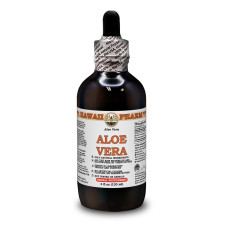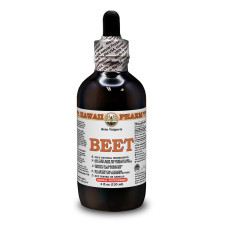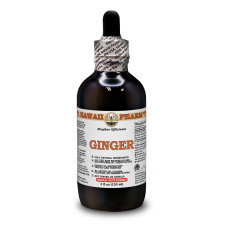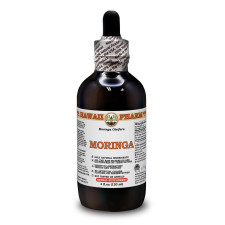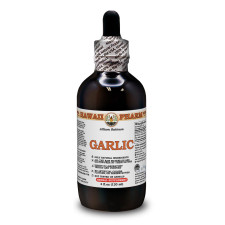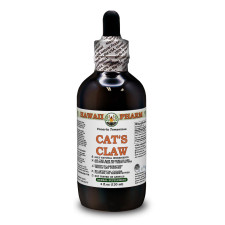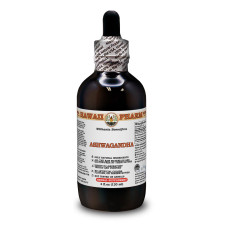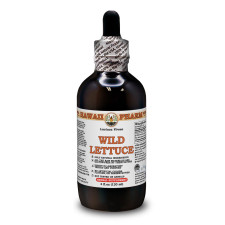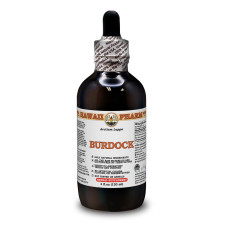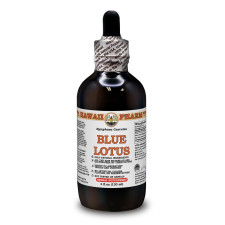- Home
- Alcohol Herbal Extracts
- Alcohol-FREE Herbal Extracts
- Veterinary Herbal Extracts
- Partnership
Partnership
We are open for cooperation with all interested persons or organizations. We have plenty of partners from all around the world and are looking for a long-term cooperation with new ones. At the present time we offer the following cooperation models:

WHOLESALER
We offer up to 30% discounts for wholesalers. The exact discount amount is dependent on your order amount, quantity and size of items. Minimum order amount is $300.

PRACTITIONER
Only for licensed practitioners! Create an account as practitioner and get special exclusive promotions. This kind of account is required manual approve.

AFFILIATE PROGRAM
Do you recommend us to your friends, family, colleagues and/or clients? If so: Thanks! We really appreciate it! Join our affiliate program. It’s by far the best way to monetize your Twitter or Facebook page, blog, or website.
- Blog
- Contact Us
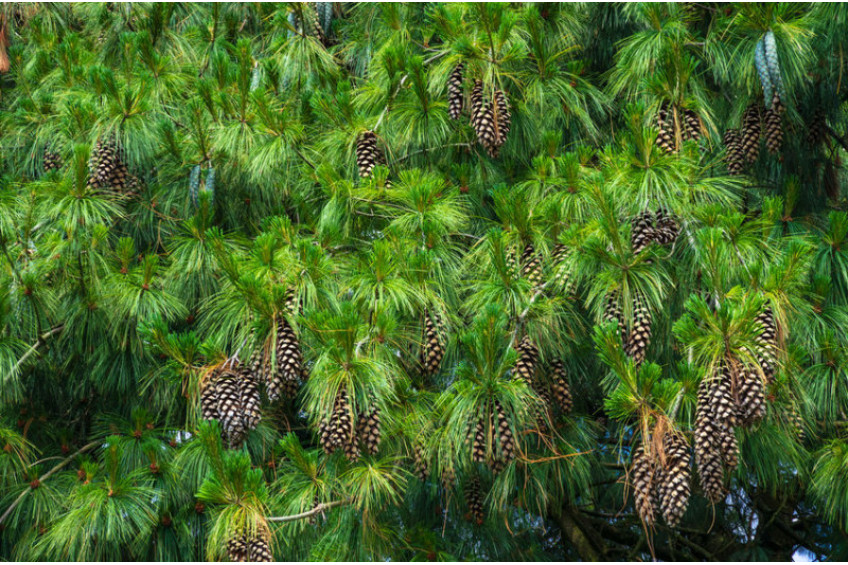
THE WHITE PINE: A LARGE AND POWERFUL TREE
The White pine (Pinus strobus) is a large pine native to eastern North America. It is distributed in Newfoundland, west to Manitoba, south to Ohio, Northern Indiana, along the Appalachian mountains to Eastern Kentucky and Northern Georgia. It grows in mixed forests with other coniferous and deciduous species. The white pine prefers fresh, deep, sandy loam and loamy soils. In warm areas, it grows well on fresh and even damp soils. The tree is shade-tolerant, and less demanding on light than Scots pine.
The White pine grows up to 40-50 m tall and 150 cm (5 ft 3 in) in diameter. The trunk is straight, often bifurcated. The bark is greenish-brown or gray, smooth, shiny or dull, later lamellar. The crown is pyramidal in youth, later wide, with long, horizontally extended branches. Young shoots are glabrous, thin, shiny, greenish, subsequently brown. Buds are 5-7 mm long, conical, pointed, yellow-red, slightly shiny, slightly resinous. The leaves are in bundles of 5, 7-12 cm long, thin, soft, trihedral, narrow-linear, light green. The White pine bears spikelets and cones. Male spikelets are up to 1.5 cm long, ovoid, pale yellow, sometimes reddish. Female cones are long-petiolate, up to 10 mm long, bluish-green above, yellow-green below, with reddish scales, single or in a bundle of 2-5 at the ends of the shoots. The mature cones grow 10-16 cm long, 2-4 cm wide, slender, long-cylindrical, resinous, light brown. The seeds are 5-7 mm long, 4-5 mm wide, ovoid, dark brown. The cones ripen in the second year after flowering, and the seeds spill out in a short time.
CHEMICAL CONSTITUENTS
Vitamins A and C
many different acids in needles
essential oils (including terpenes, monoterpenes, sesqueterpenes)
resin (oleoresin)
starch
tannin
glycosides
USES
The seed is edible, it is used raw or cooked. They are sweet and nutritious, but used mainly as a flavoring. The firm unexpanded male cones can also be boiled and used as a flavouring. The needles make an aromatic herbal tea that is rich in vitamin C. The inner bark was collected by American Natives and used raw or cooked during times of winter starvation. They also stewed young staminate cones with meat, which were said to be sweet and not pitchy.
Get exclusive deals you will not find anywhere else straight to your inbox!
Subscribe / UnsubscribeCookies policy
 We use cookies and similar technologies that are necessary to operate the website.
You can consent to our use of cookies by clicking "Accept..."
We use cookies and similar technologies that are necessary to operate the website.
You can consent to our use of cookies by clicking "Accept..."
Get exclusive deals you will not find anywhere else straight to your inbox!
Subscribe / UnsubscribeWe meticulously produce our extracts according to precise standards where each herb is extracted according to the distinct characteristic of each plant! Hawaii Pharm LLC offers the biggest choice of liquid herbal extracts in the World!

Hawaii Pharm LLC - Nature Heals. Highest Quality Herbal Products Since 2008.



